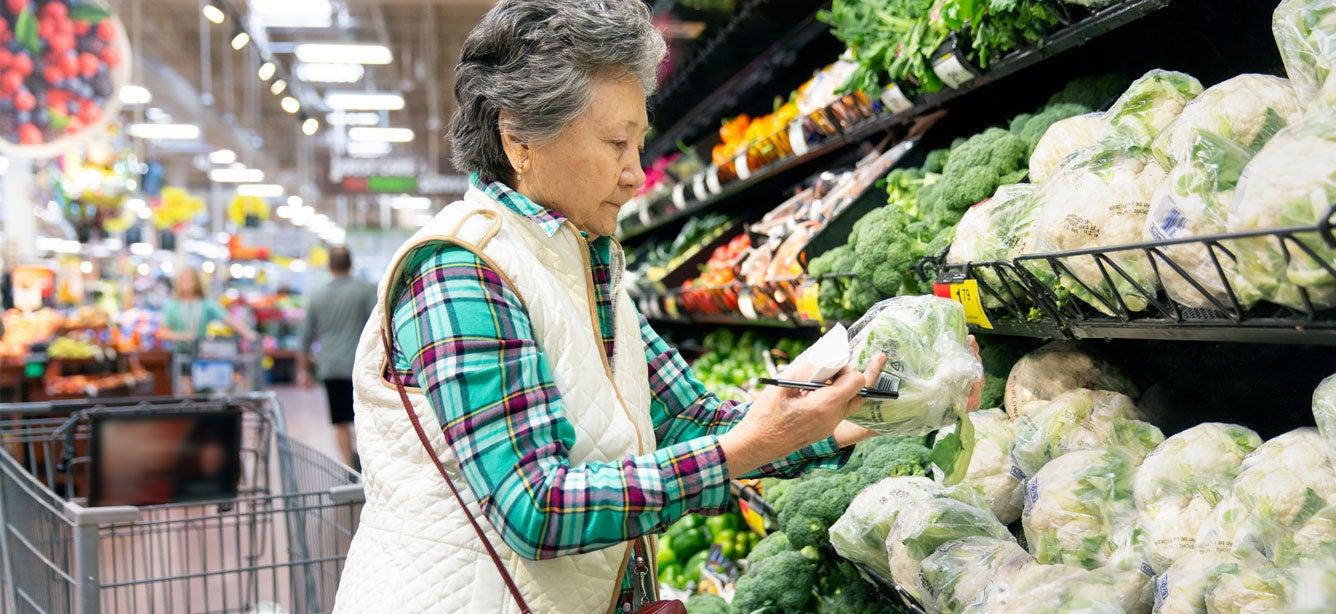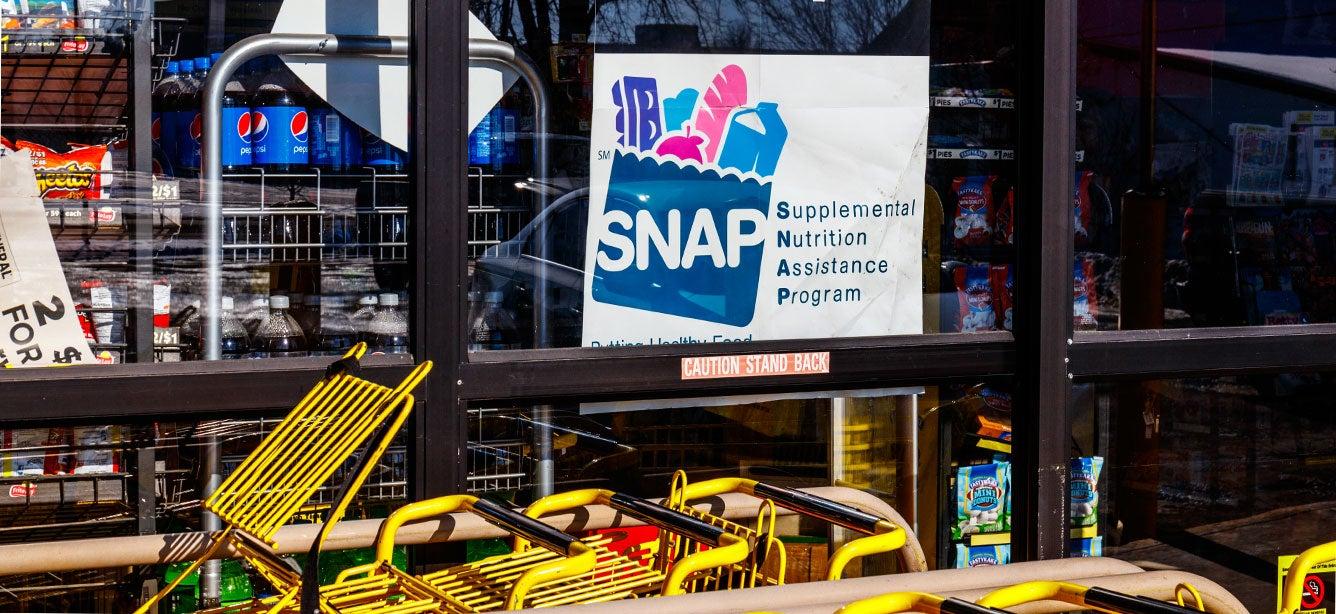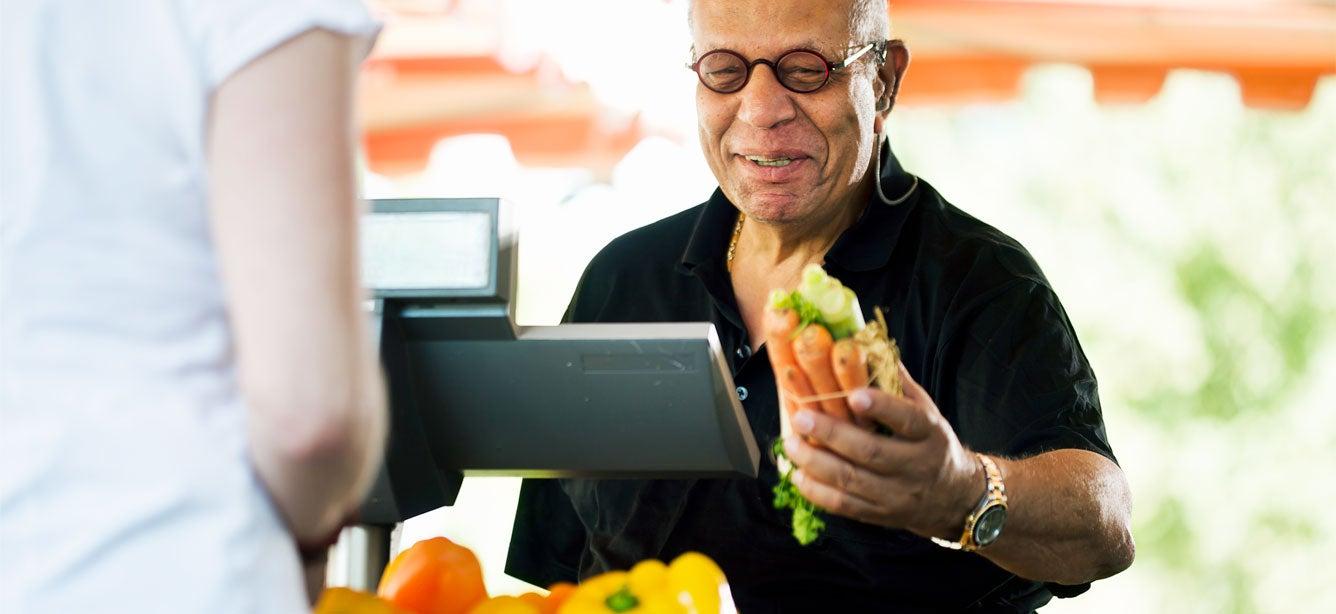Food Assistance

Need Help Paying for Food?
Millions of older adults are eligible for food assistance from SNAP but often don't apply. Use NCOA's tool to find out if you're eligible and get help paying for groceries.

Get Budget Management Tips
Managing your budget can be hard, especially if you’re no longer working and are living on a fixed income. Get tips for better budgeting, including ideas for financial planning, earning extra income, and using prepaid cards wisely.

Find Help Locally
The Eldercare Locator is a nationwide service that connects older Americans and their caregivers with trustworthy local support resources. Whether help is needed with services such as meals, home care or transportation, the Eldercare Locator can point you in the right direction.
More Stories
7 Important Health Benefits of SNAP
Nov 23, 2025
How Can You Stretch Your SNAP Benefits Further?
Nov 23, 2025





